Industry information
Company News
- Carved aluminum veneer: an artistic treasure in modern architecture
- Fluorocarbon aluminum veneer: the "fashionable coat" of modern architecture
- Aluminum veneer: the new darling of modern architecture, revealing its charm!
- Punched aluminum veneer: a fashionable element in modern architecture
- Customized aluminum veneer, creating a new trend of personalized space
Industry dynamics
- Analyzing the development trend of fluorocarbon aluminum veneer
- Personalized customization of aluminum veneer rises to new heights in user experience
- Installation techniques and precautions for aluminum veneer curtain wall
- Carved aluminum veneer: a fashionable choice for modern architecture
- What is the thermal expansion coefficient of aluminum veneer?
Frequently asked questions
- How to identify the quality of aluminum veneer?
- How to improve the insulation performance of aluminum veneer?
- How to improve the fire resistance of aluminum veneer?
- How to store and transport aluminum veneer?
- How to use and maintain aluminum veneer reasonably?
contact us
Mobile:+86 15627778610
Email: 2201229786
Address: No. 5 Binjiang Road, High tech Zone, Zhaoqing City, Guangdong Province
What is the thermal expansion and contraction coefficient of aluminum veneer?
- Author: Lesilong Technology (Guangdong) Co., Ltd
- Release time: March 8, 2025 03:03:17
- Click:0
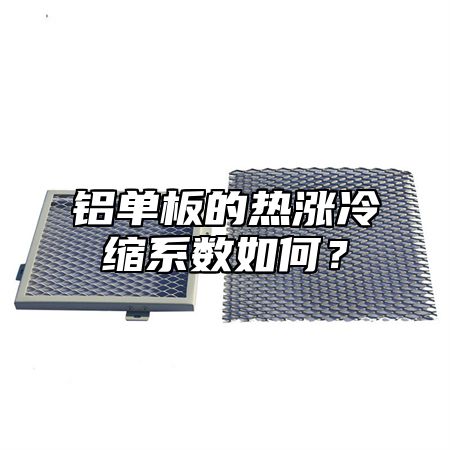
Aluminum veneerIt is a material widely used in fields such as construction and decoration, and its thermal expansion and contraction coefficient is one of the important factors affecting its service life and stability. The following will provide a detailed introduction to the thermal expansion and contraction coefficients of aluminum veneer and their influencing factors.
1. Definition of thermal expansion and contraction coefficient
The coefficient of thermal expansion and contraction refers to the rate of change in length and width of aluminum veneer when the temperature changes. Generally speaking, the smaller the coefficient of thermal expansion and contraction of aluminum veneer, the better its dimensional stability.
1. Factors affecting the coefficient of thermal expansion and contraction
The thermal expansion and contraction coefficient of aluminum veneer is influenced by various factors, including:
(1) The material and structure of aluminum veneer;
(2) Environmental temperature and humidity;
(3) The usage status and installation method of aluminum veneer.
1. Calculation method for thermal expansion and contraction coefficient
The thermal expansion and contraction coefficients of aluminum veneer are generally calculated using the following methods:
(1) Empirical formula method: Calculate based on the actual usage of aluminum veneer and empirical data;
(2) Numerical simulation method: By simulating the deformation of aluminum veneer under temperature changes using a computer, the thermal expansion and contraction coefficients can be calculated;
(3) Actual measurement method: By measuring the size changes of aluminum veneer during temperature changes, the thermal expansion and contraction coefficients can be calculated.
1. Application scenarios of thermal expansion and contraction coefficients
The thermal expansion and contraction coefficient of aluminum veneer is mainly applied in fields such as construction and decoration. For example, in high-end buildings, due to the need to maintain the flatness and aesthetics of the aluminum veneer surface, there is a high requirement for the dimensional stability of the aluminum veneer; In automobile manufacturing, aluminum veneer needs to have good corrosion resistance and wear resistance, so it also requires a high coefficient of thermal expansion and contraction.
How to control the thermal expansion and contraction coefficient of aluminum veneer?
In order to control the thermal expansion and contraction coefficient of aluminum veneer, enterprises can take the following measures:
(1) Optimize the design and selection of aluminum veneer, choose materials with good dimensional stability and durability;
(2) Strengthen the management and service of the construction site to avoid uneven stress or excessive deformation of aluminum veneer caused by improper construction;
(3) Reasonably arrange the construction schedule and personnel allocation to avoid problems such as project delays and increased labor costs.
The thermal expansion and contraction coefficient of aluminum veneer is one of the important factors affecting its service life and stability. Enterprises should choose suitable aluminum veneers according to actual needs and strictly follow quality standards for production and processing to ensure product quality and safety performance. We should also strengthen the management and maintenance of aluminum veneer to control its thermal expansion and contraction coefficient and improve its service life.

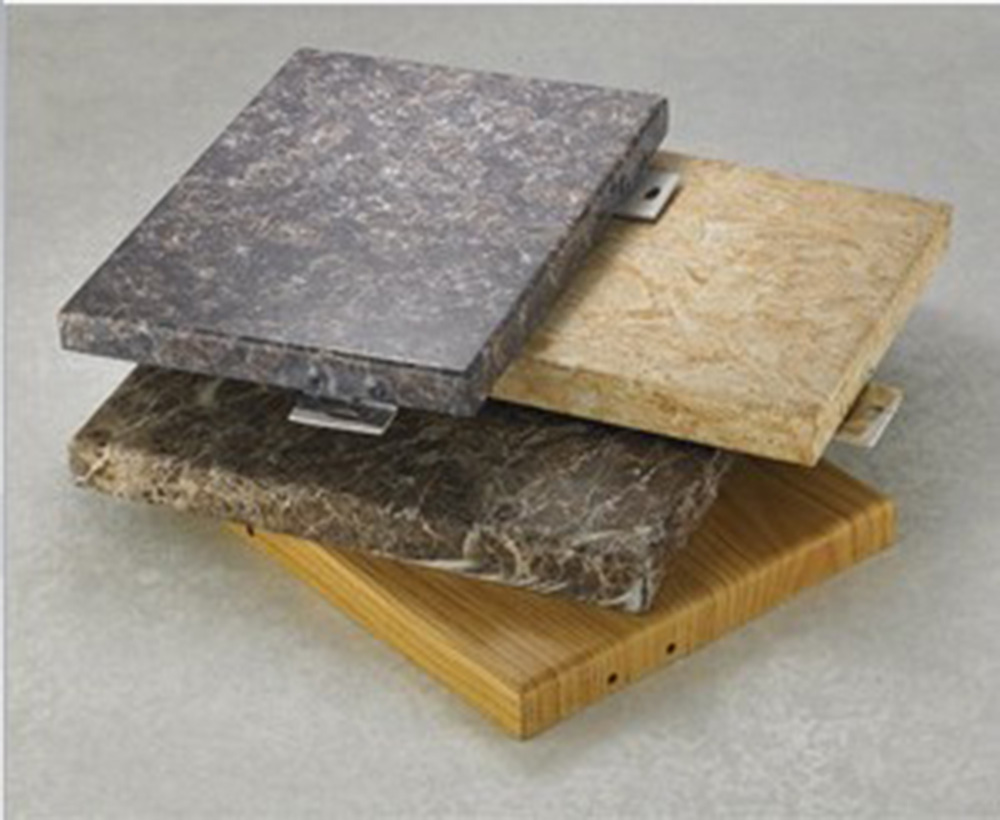


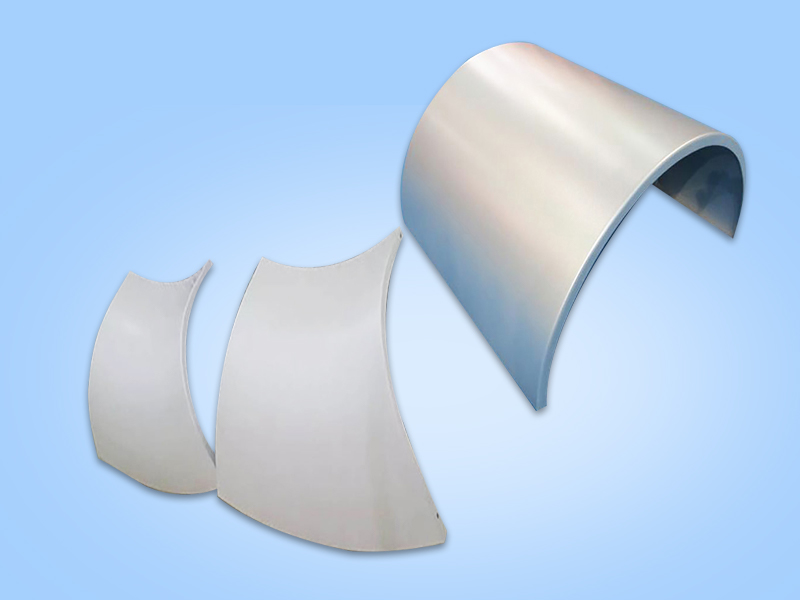
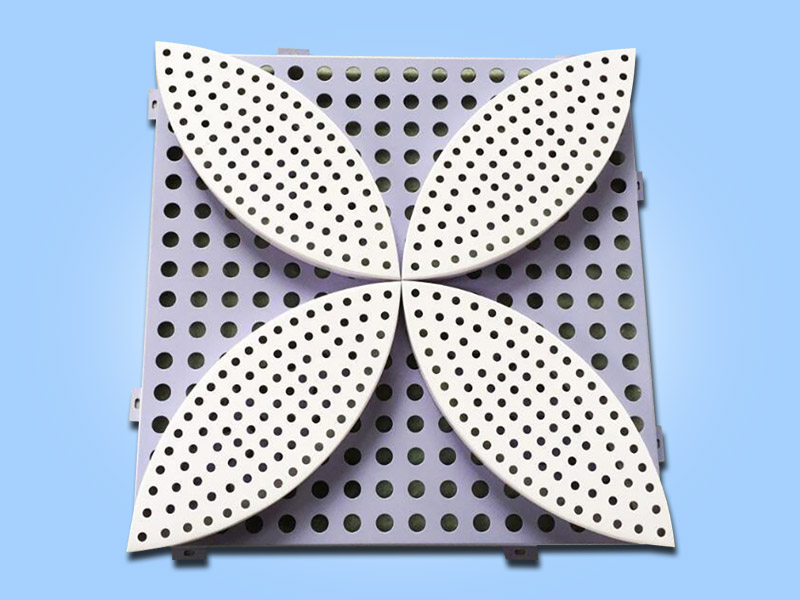
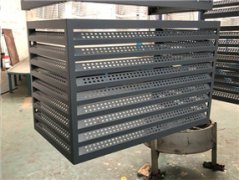
 Customer service QQ
Customer service QQ